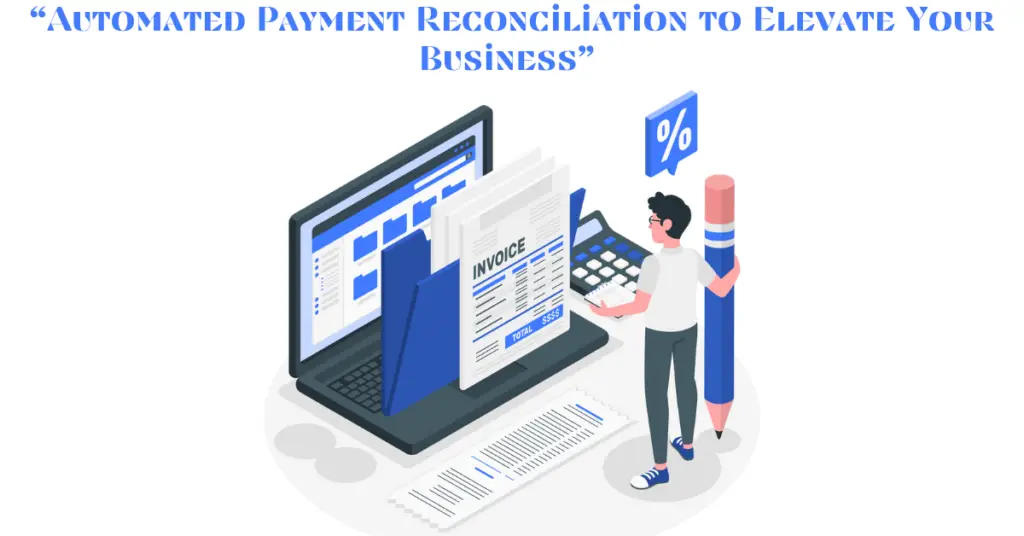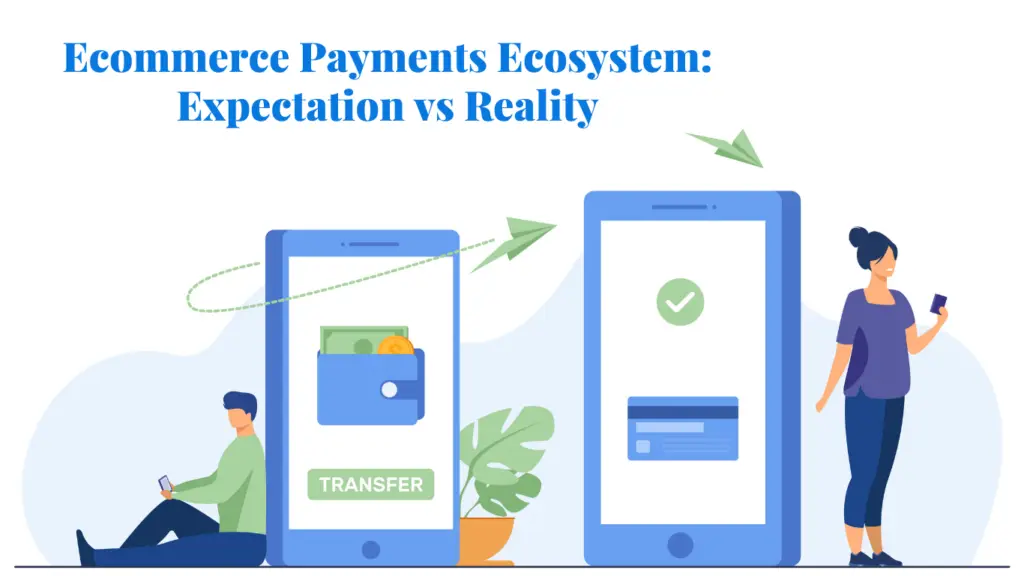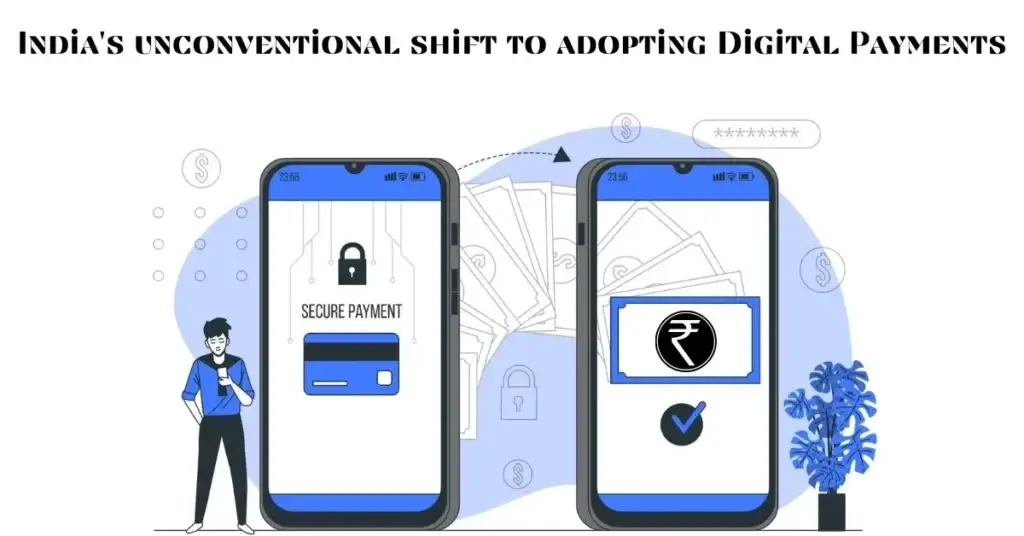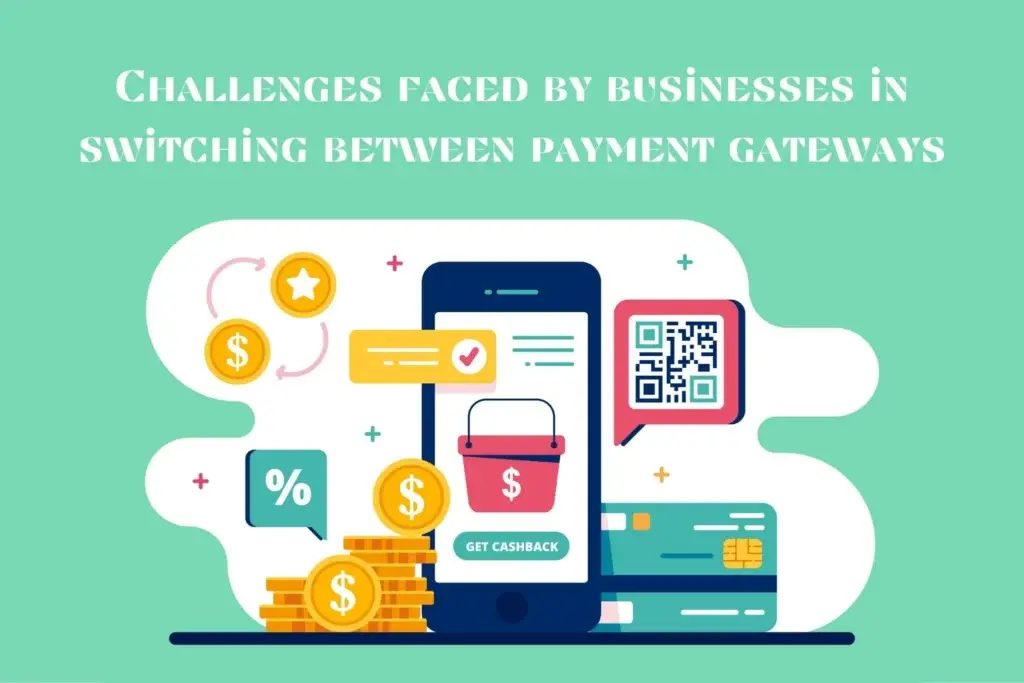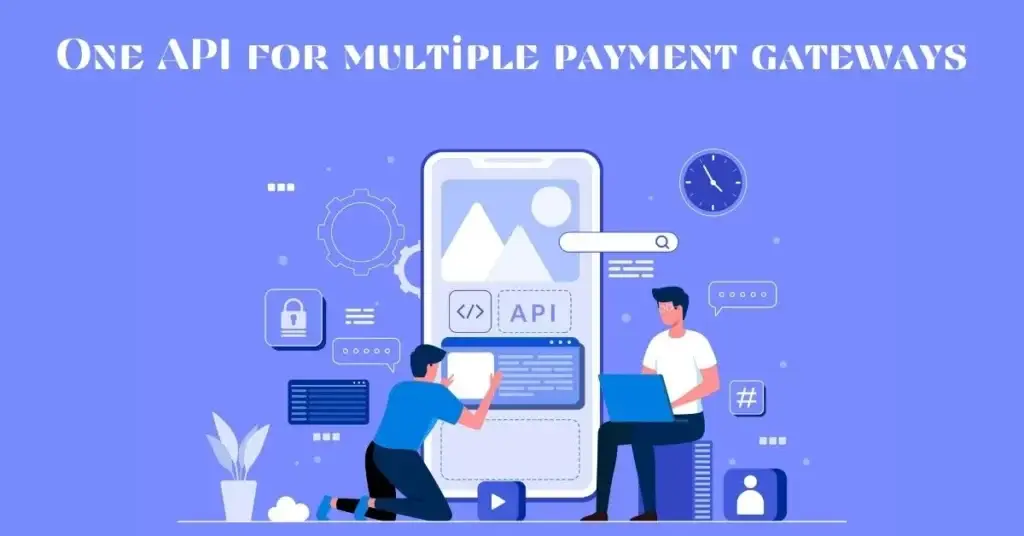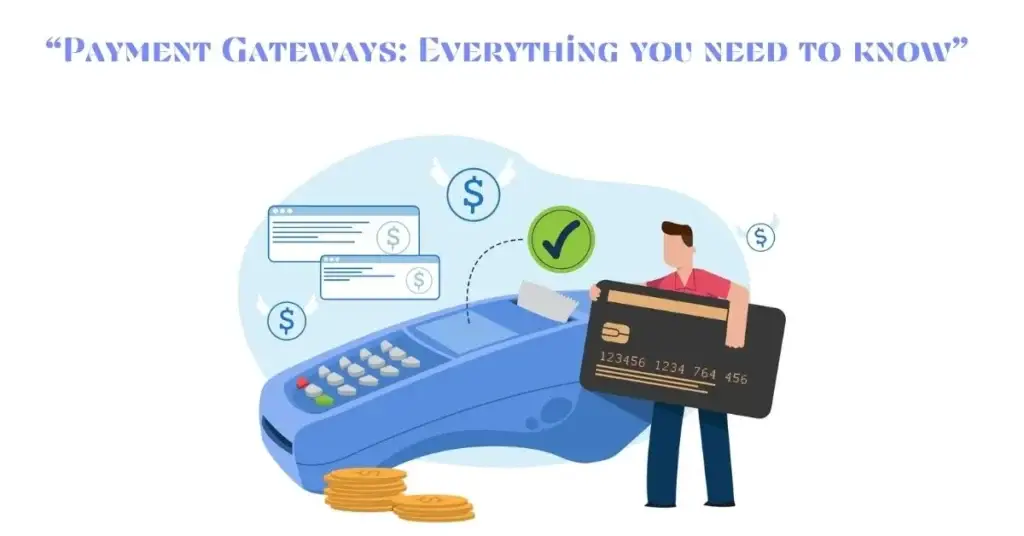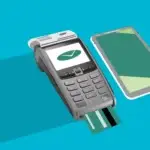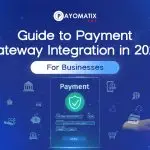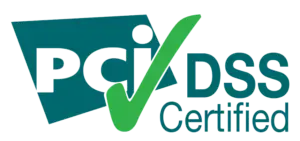Revenue collection is a ride or die in a business. Tracking expenses and income is crucial for any business. Solid accounting practices help ensure smooth operations and growth. The best way to maintain your business’s financial health is by setting up a reliable payment reconciliation system. Payment reconciliation has been used across industries for ages. It is often considered to be extensive and never-ending but once you understand how it works wonders, you will integrate your business with payment reconciliation.
The accounting team compares bank statements to ensure the reconciliation is accurate. When a bank statement comes in, they check all costs and payments to make sure they match. Successful business owners always keep track of their finances. It’s like creating a budget: you list your expenses, review them at the end of the month, and if spending exceeds the budget, you adjust for the next month.
What is automatic payment reconciliation?
Bank reconciliation involves matching the details in your bank account with your accounting records. Automated payment reconciliation streamlines this process, saving you time, money, and reducing errors that come with manual reconciliation.
In the long run, automation helps reduce financial risks. Manual bank reconciliation is time-consuming, labor-intensive, and prone to mistakes, while automated reconciliation ensures accuracy in this crucial task.
Is fully automating payment reconciliation possible?
Here’s a simplified version:
You might be wondering if full automation of payment reconciliation is possible. While many tools are designed for automation, users still need to do some manual work. Your accounting software may not sync with your bank account, so you’ll have to download and upload bank statements. You’ll also need to enter several passwords during the reconciliation, which adds to the manual effort in this “automated” process.
What is involved in the Payment Reconciliation Process?
Knowing about the components of the reconciliation process will give you clarity about how the process works and will help you understand the concept in and out. It is a multi-step process. The processes may differ for automated payment reconciliation and manual payment reconciliation. The four primary steps are as follows:
- Retrieving the internal records of your business: This comprises checking the transaction made in the name of your business and invoices, whether they are in your account software or in a spreadsheet. You must obtain these documents from their source and compare them to the external records.
- Procuring the external records: This includes retrieving your bank statements. You need to prepare them for review against your internal records.
- Tallying and reconciling: Start where you last left off and begin the manual or automated process of going through your internal as well as external records. Compare and contrast, and mark the irregularities or anomalies.
- See-through the anomalies: Investigate the irregularities and try to resolve them before moving towards closing the month-end.
Why is automated payment reconciliation beneficial for your business?
There are many benefits of automating your payment reconciliation process. Businesses that automate their payment reconciliation processes can have quicker month-end closes. They also achieve a higher degree of transparency. Automatic reconciliation for payment can prove beneficial for your business in the following ways:
- It is time-saving: The biggest flex of automatic payment reconciliation is that it saves precious time. The process speeds up and becomes less arduous as the system tallies all expenditures and receipts with the information in your bank account.
Once the system tallies the balance sheet, capital and income, and cash flow, it declares the process successful. It is way faster than tallying all the components by hand.
- No room for errors: Automated payment reconciliation removes the human errors common in manual processes. It also prevents the extra work and frustration caused by undetected discrepancies.
Manual reconciliation can delay the month-end due to various factors. However, automated payment reconciliation uses algorithms to detect and fix errors, ensuring a faster and more timely month-end.
- Gives you confidence: Automated payment reconciliation ensures your accounts are accurate and consistent. With the reliable data it provides, business owners can keep precise records of expenses and incoming funds.
- Reduction of fraudulent practices: Here’s a more streamlined version:
- Automated payment reconciliation is fast and accurate, helping protect your business from fraud. The system quickly spots anomalies, enabling prompt investigation. This ensures that any fraud is detected early, minimizing its impact on the business.
- Enhanced transparency and accountability: Using automated technology during reconciliation ensures that everyone stays on the same page and can track the progress toward closing the month-end.
Here’s a more concise version:
There’s no need to manage separate sessions for everyone involved. This is especially helpful for global operations or organizations with multiple entities. The finance department gains clarity and transparency.
Conclusion
Payment reconciliation is a key part of financial management for any business. Automated payment reconciliation makes life easier for business owners with its simple, on-demand functionality. Manual work can hinder your team’s performance, but with automation, you can improve efficiency and help your business meet goals on time. Get an easy and secured payment method with Payomatix

